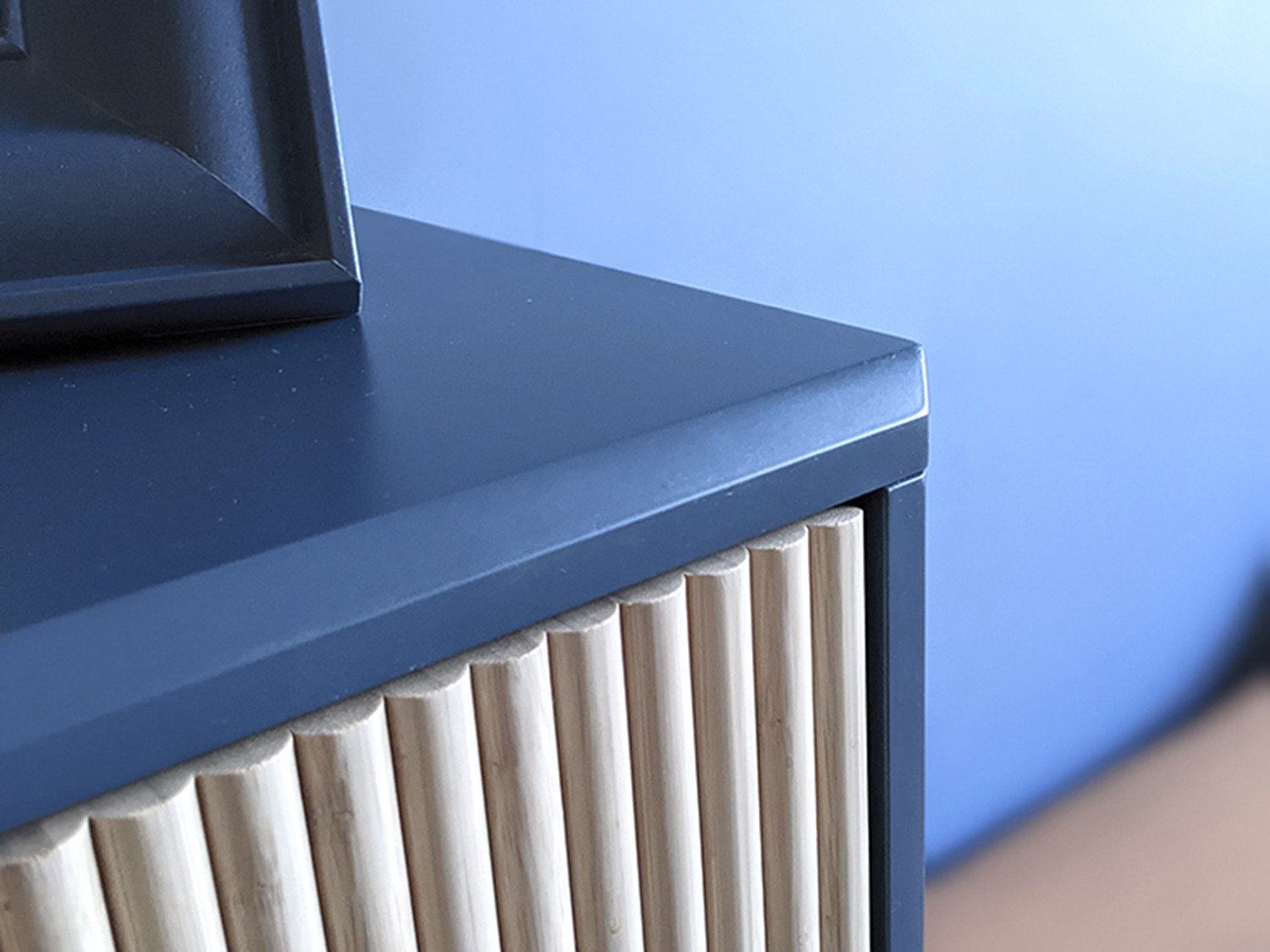
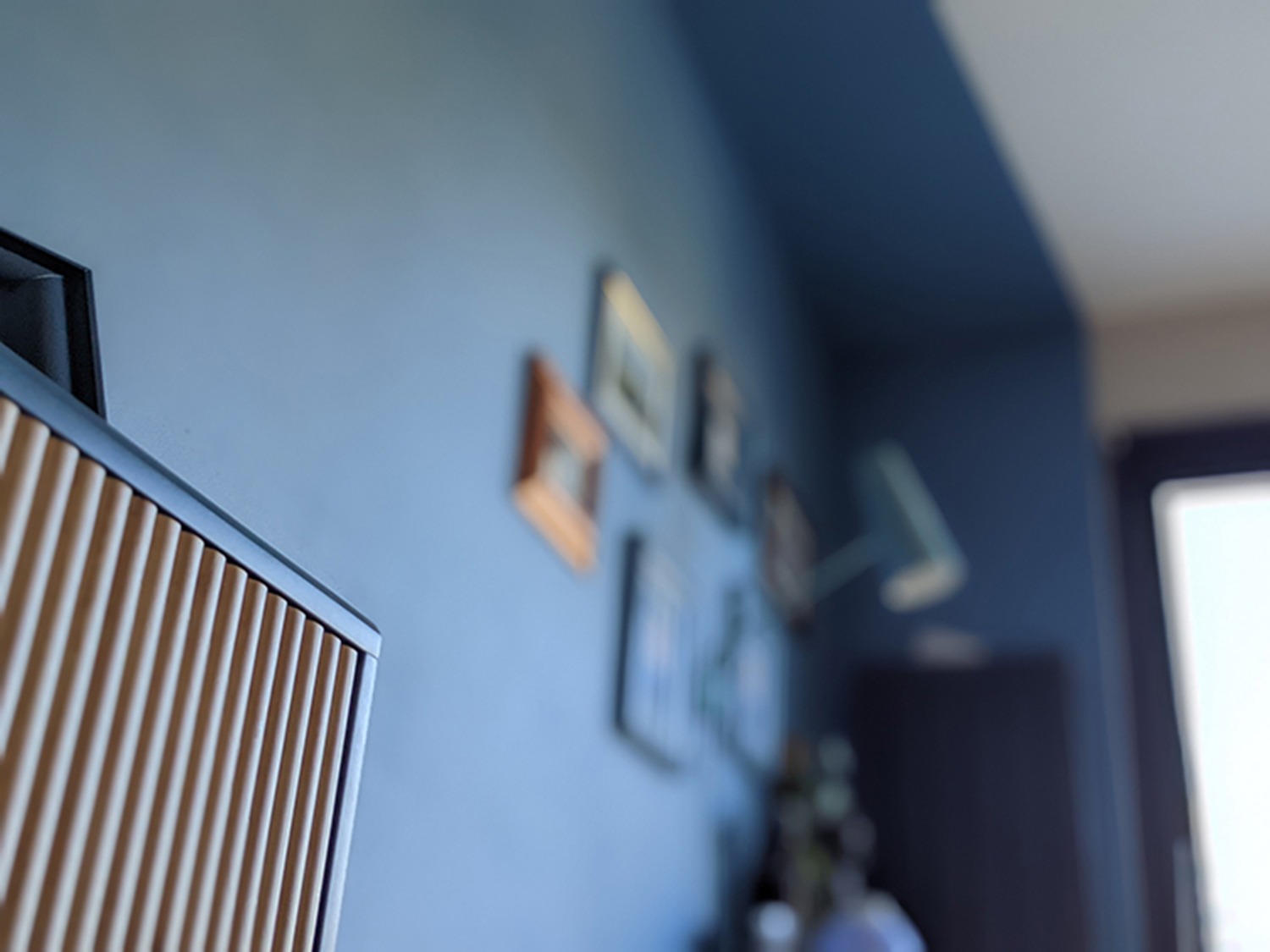
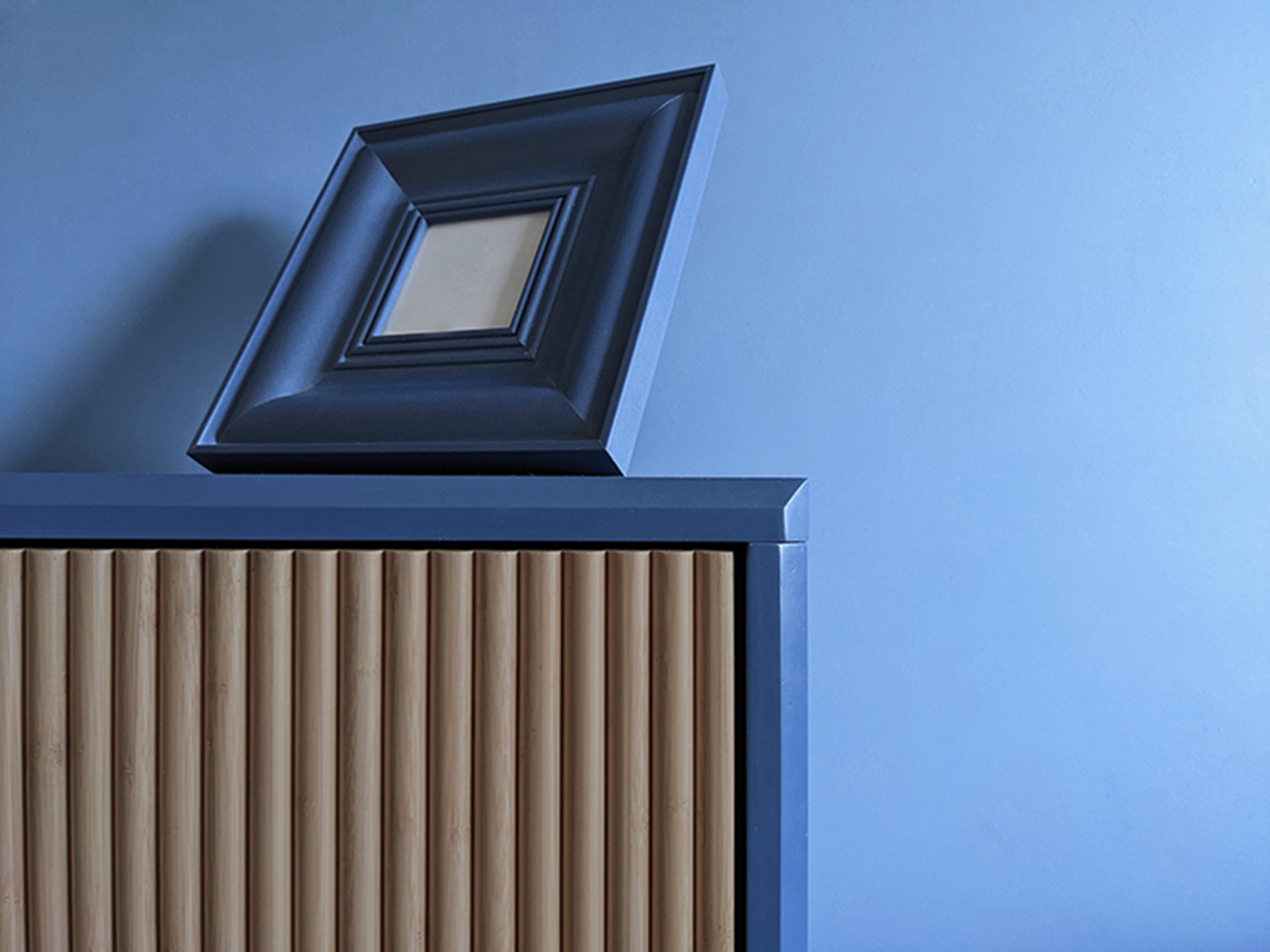
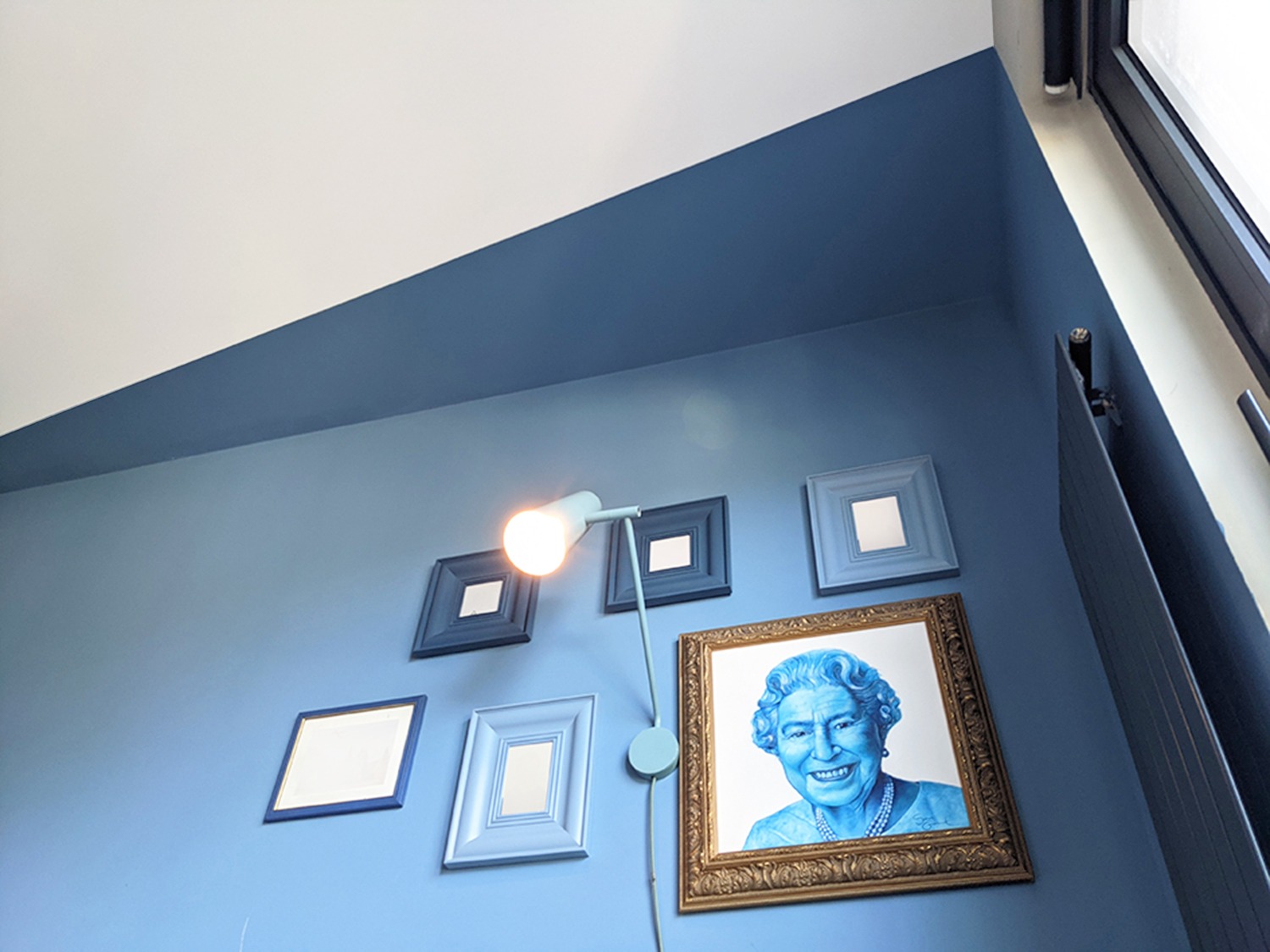
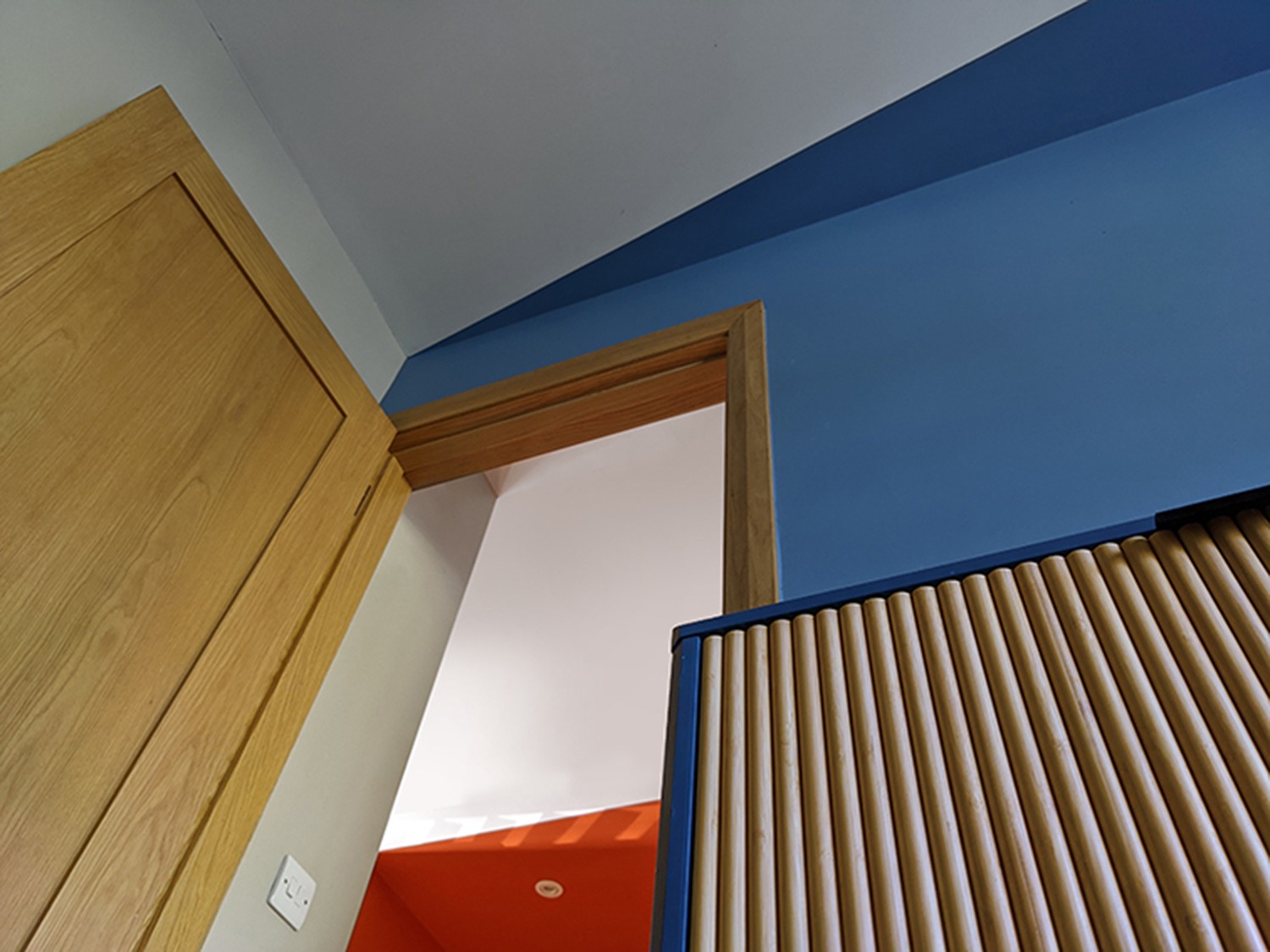
PSYCHOLOGY OF A COLOUR
BLUE
IMPLICATIONS OF USING SHADES OF BLUE - BEDROOM
Psychological Aspects:
- Calm and Serenity: Blue is known for its calming and soothing effects. It can reduce stress and lower blood pressure, making it an excellent choice for bedrooms where relaxation and sleep are priorities.
- Mental Clarity: Light blue can help clear the mind and promote tranquility, while darker shades can add a sense of depth and security
Feng Shui Point of View:
- Peace and Restfulness: In Feng Shui, blue represents water energy, which is associated with peace, calmness, and rest. Using blue in the bedroom can promote a restful environment conducive to good sleep.
- Spiritual Growth: Blue also symbolizes spiritual growth and introspection, making it suitable for a personal and private space like the bedroom.
Common sense:
- Environmental Considerations: Choose eco-friendly and low-VOC paints to maintain indoor air quality, essential for a healthy sleeping environment.
- Lighting: Consider how natural and artificial lighting will affect the perception of blue. Ensure there’s adequate lighting to avoid making the room feel too cold or dark, adhering to recommended light levels for residential spaces.
ADOPTING SHADES
Concern: A specific shade of blue might feel too cold or depressing for a bedroom.
Solutions:
- Warm Blues: Choose blues with warm undertones, such as periwinkle or teal, to add a touch of warmth while maintaining the calming effects of blue.
- Pastel Blues: Opt for pastel shades like sky blue or powder blue. These lighter tones are soothing and can create a peaceful environment without feeling cold.
- Textural Variety: Incorporate textures and patterns with blue accents to add warmth and interest. For instance, using a navy blue velvet headboard or light blue patterned curtains can add richness and comfort.
- Layering with Warm Colors: Combine blue with warm colors like soft yellows, warm whites, or light browns in the decor and furnishings. This can help balance the coolness of blue and create a more inviting space.
PSYCHOLOGY OF A COLOUR
GREEN
IMPLICATIONS OF USING SHADES OF GREEN - LIVING ROOM
Psychological Aspects:
- Calm and Relaxation: Green is often associated with nature and tranquility. It can create a serene environment conducive to relaxation and stress relief. Lighter shades of green, such as mint or sage, can enhance this calming effect.
- Balance and Harmony: As a color that sits in the middle of the spectrum, green symbolizes balance and harmony, fostering a sense of equilibrium and stability in social interactions within the living room.
Feng Shui Point of View:
- Growth and Renewal: In Feng Shui, green represents wood energy, symbolizing growth, vitality, and renewal. Placing green in the living room can promote a fresh, rejuvenating atmosphere.
- Health and Healing: The use of green is believed to enhance health and well-being, making it an ideal choice for a space where family members gather and spend a lot of time.
Common sense:
- Environmental Considerations: Choose eco-friendly and low-VOC paints to maintain indoor air quality, essential for a healthy sleeping environment.
- Accessibility: Consideration for individuals with visual impairments is important. Using varying shades of green with adequate contrast can aid in navigation and comfort.
ADOPTING SHADES
Concern: A specific shade of green might feel too dull or too vibrant for the living room.
Solutions:
- Soft Greens: If the chosen green feels too intense, opt for softer shades like mint, sage, or olive. These colors offer a gentle, natural vibe without being overpowering.
- Warm Undertones: Choose greens with warm undertones, such as yellow-green or green with a hint of brown. These can add a welcoming and cozy feel to the living room.
- Complementary Accents: Use complementary colors in the decor, such as earth tones or natural wood finishes, to harmonize with the green and add depth to the room.
- Mix and Match: Combine different shades of green within the same space. For example, use a darker green for an accent wall and lighter greens for the other walls to create a dynamic yet cohesive look.
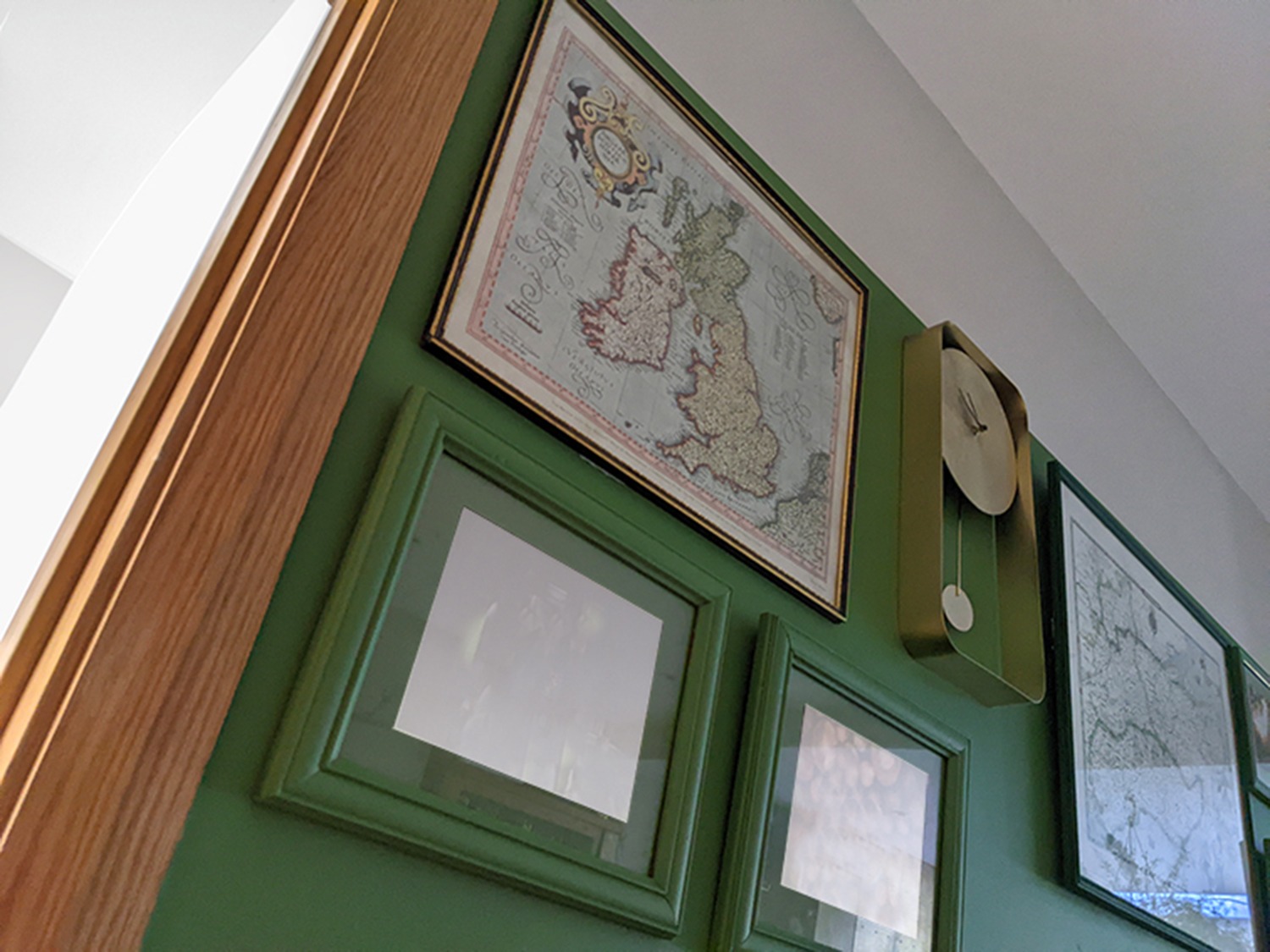
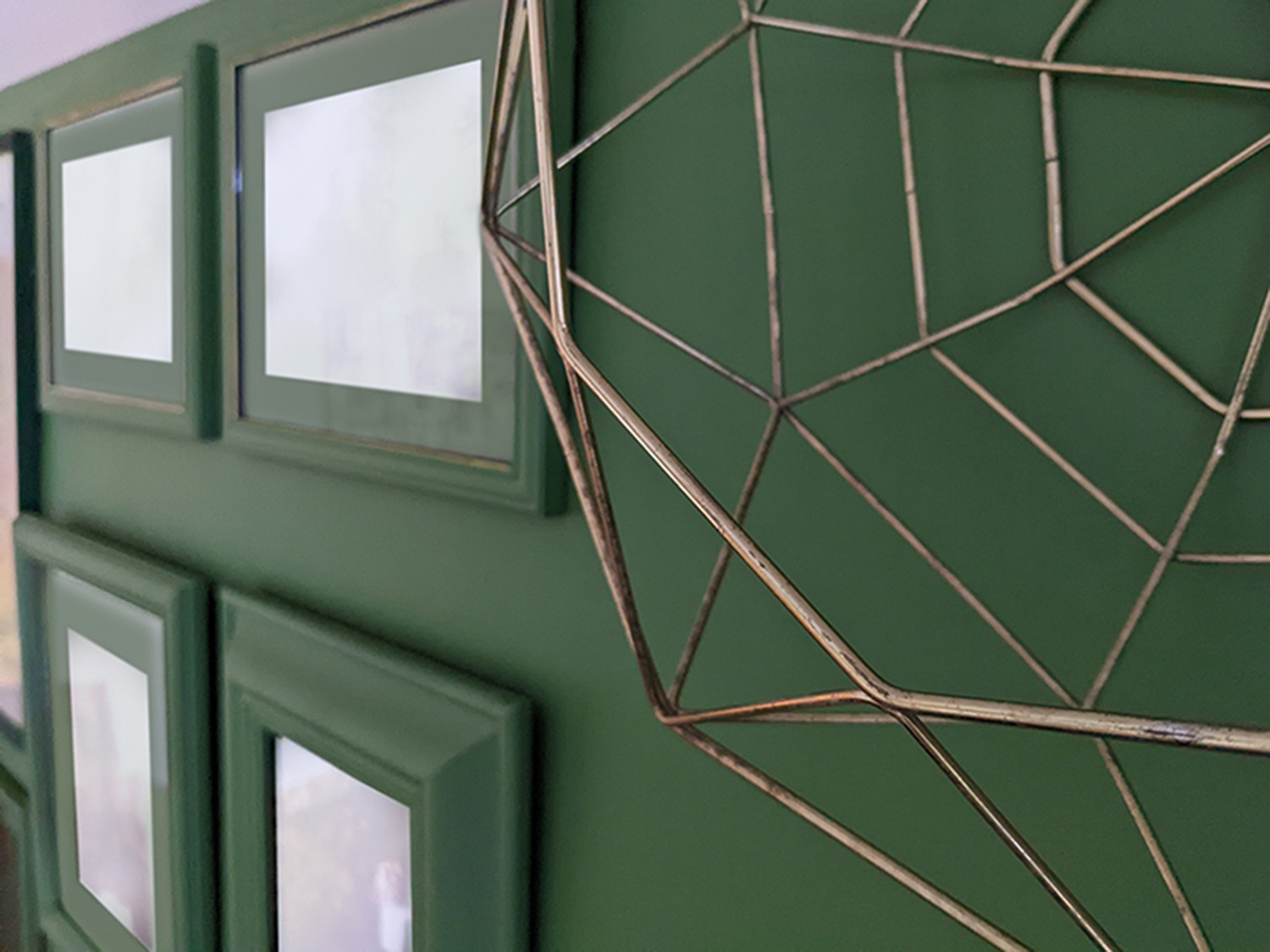
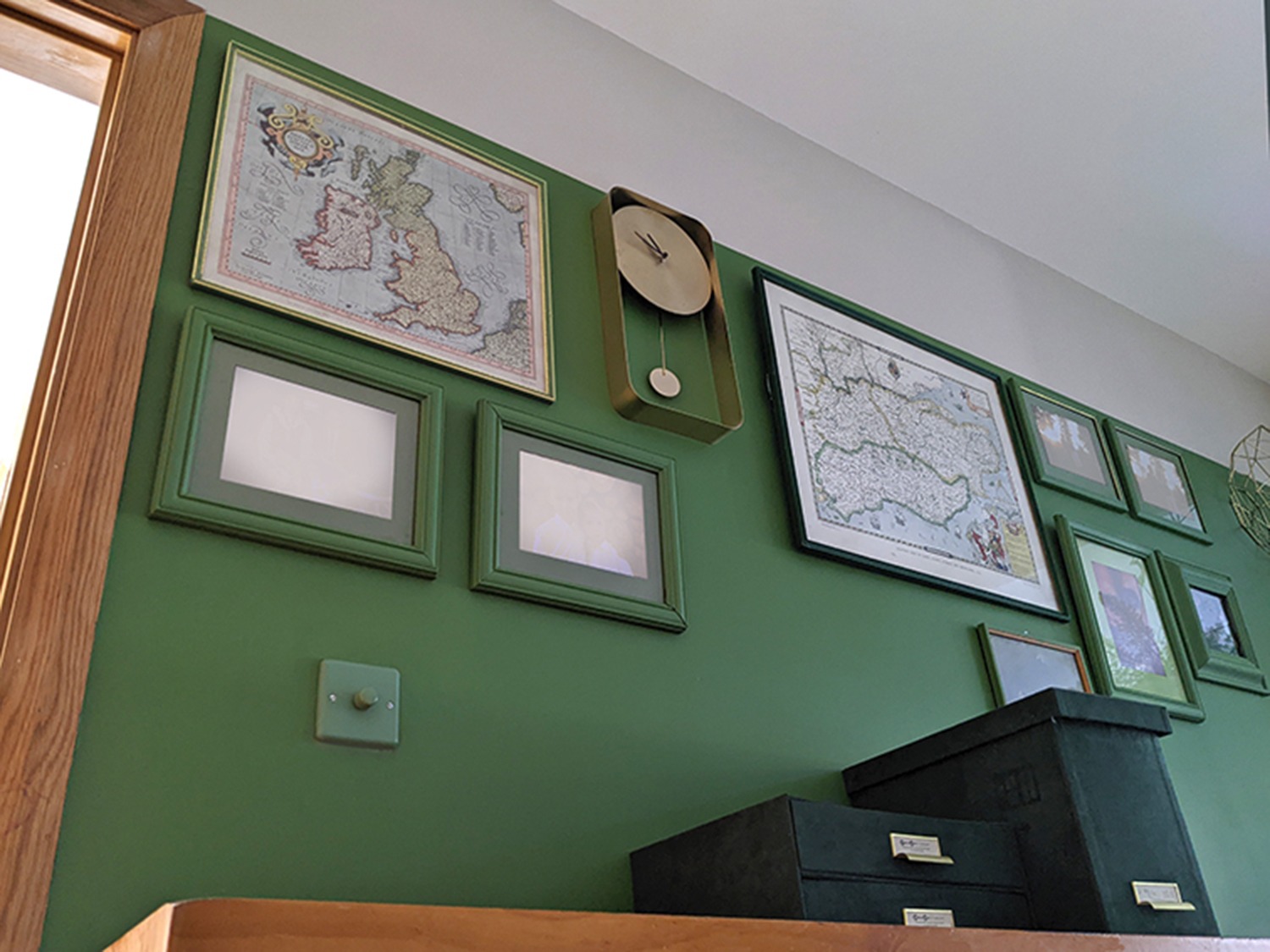

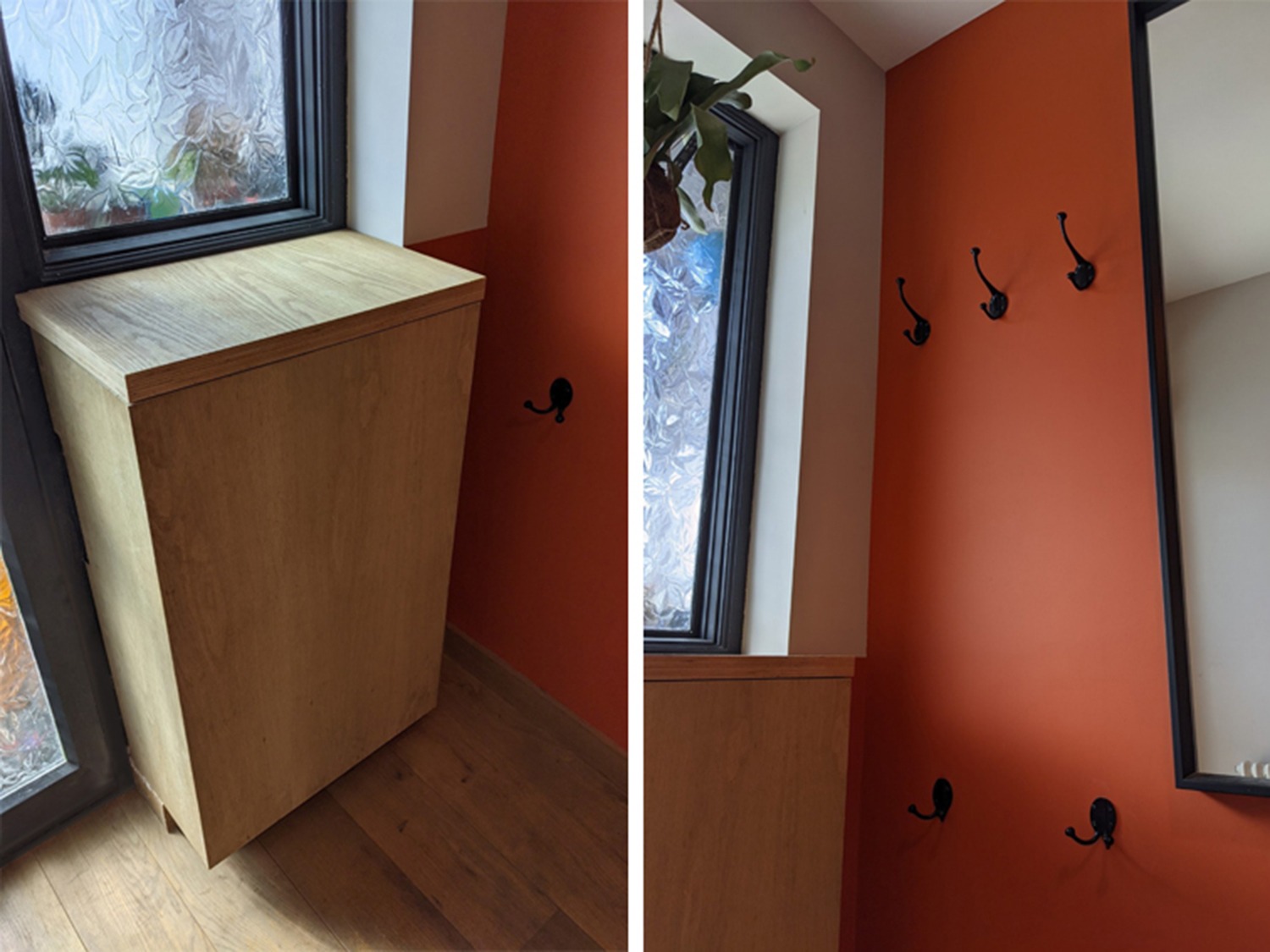
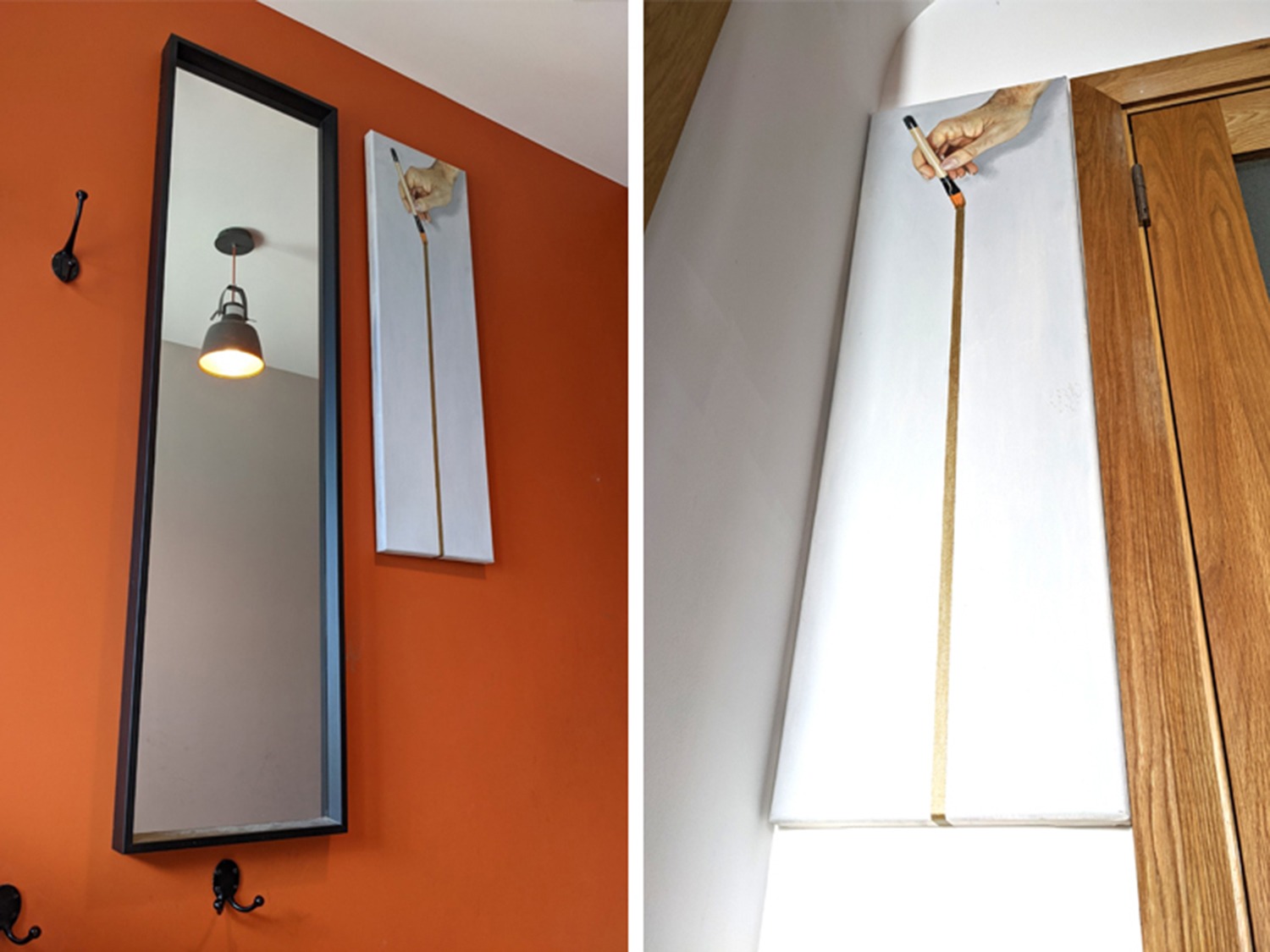
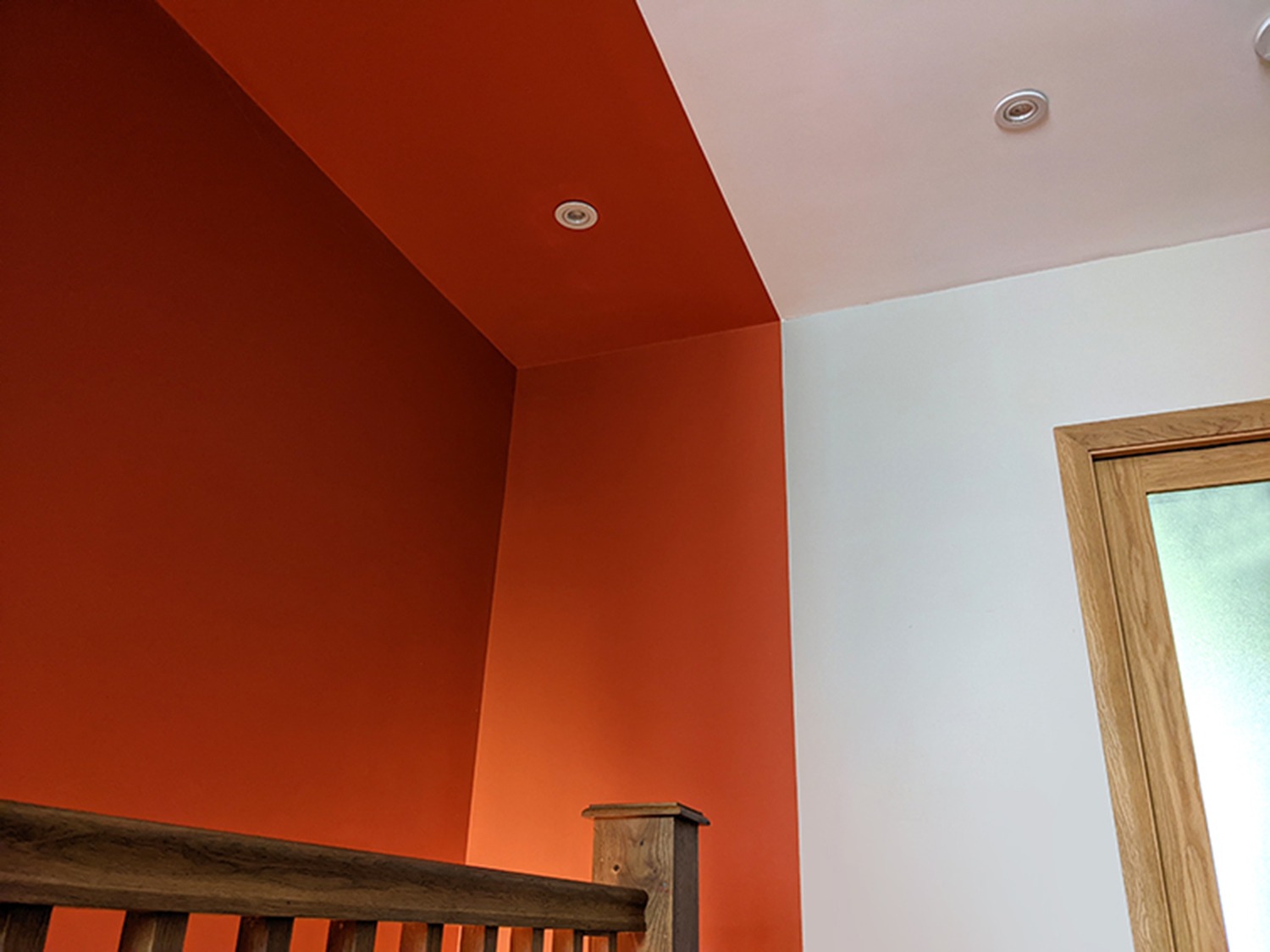


PSYCHOLOGY OF A COLOUR
ORANGE
IMPLICATIONS OF USING SHADES OF ORANGE - HALLWAY
Psychological Aspects:
- Warmth and Welcoming: Orange is an energetic and warm color that can create a welcoming and inviting atmosphere. It’s perfect for entryways, as it sets a positive tone for guests entering the home.
- Stimulation and Enthusiasm: Orange can stimulate mental activity and enthusiasm. It encourages social interaction and can make a space feel lively and vibrant.
Feng Shui Point of View:
- Energy and Vitality: In Feng Shui, orange is associated with fire energy, symbolizing enthusiasm, excitement, and vitality. Using it in the hallway can invigorate the space and promote positive energy flow.
- Social Connectivity: Orange can encourage communication and connection, making it a good choice for transitional spaces where people meet and greet.
Common sense:
- Environmental Considerations: Choose eco-friendly and low-VOC paints to maintain indoor air quality, essential for a healthy sleeping environment.
- Safety and Visibility: Bright colors like orange can enhance visibility, which is important for safety in high-traffic areas like hallways and entrances. It can help prevent accidents by making it easier to see steps and obstacles.
ADOPTING SHADES
Concern: Orange might be too strong and aggressive for a relaxing bedroom environment.
Solutions:
- Soft Peach or Apricot: Opt for softer, muted shades of orange such as peach or apricot. These lighter hues retain the warmth and positivity of orange but in a more subdued manner, promoting a cozy and comforting atmosphere.
- Accent Use: Use orange as an accent color rather than the dominant hue. Incorporate it through pillows, throws, or artwork, allowing it to add warmth without overwhelming the space.
- Combination with Neutrals: Pair orange with neutral colors like beige, white, or light gray to balance its intensity. This combination can help tone down the vibrancy and create a more restful environment.
- Layering Shades: Use a gradient or ombre effect with orange, starting with a lighter shade at the top of the walls and gradually transitioning to a deeper shade near the floor. This can create a soothing visual effect that maintains the color’s warmth.
TO CONCLUDE
By thoughtfully selecting and adjusting shades, you can incorporate your preferred colors in a way that aligns with the function and mood of each room, ensuring a harmonious and comfortable home environment.
There is no perfect colour for the room. It all depends on your preferences.
We can make any colour work for your home.


